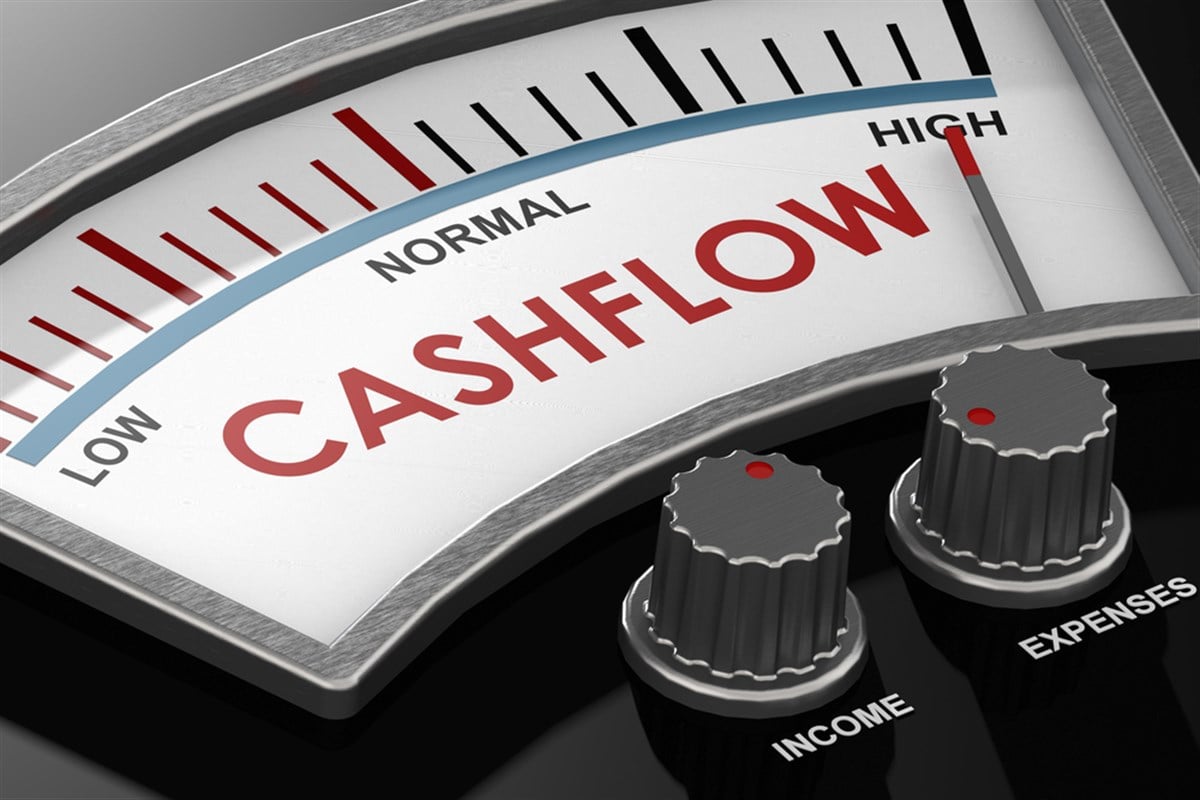The ultimate goal of a business is to generate cash for its shareholders. Investors often view net income as the “net profit” of a business, indicating how much profit it generates. Net profit is equal to revenue minus expenses. However, some types of income and some types of expenses do not result in cash receipts or payments. This includes things like depreciation, accruals and deferrals.
When cash flow is used as a measure of business profitability, all of these elements are eliminated. This creates a clearer picture of how much money the company makes over the period, which it can reinvest or return to shareholders. Free cash flow is a good metric to use.
Taking it a step further, it can be helpful to adjust the amount of cash flow a business generates compared to its market value. To do this, investors can use the free cash flow income of the stock. This metric divides free cash flow by market capitalization. Free cash flow yield indicates a firm’s ability to reinvest that cash or pay it out as dividends depending on its size.
The relative nature of this measurement is important. Investing $1 million in a $10 million business can generate more growth than investing the same amount in a $10 billion business. Below are three companies that generate massive amounts of free cash flow for their size.
Reinsurance Group of America: reinsurance stock with cash flow greater than half market value
Reinsurance Group of America Today

Reinsurance Group of America
(As of 11/22/2024 ET)
- 52 week range
- $157.48
▼
$233.14
- Dividend yield
- 1.54%
- P/E ratio
- 21.18
- Target price
- $227.77
Reinsurance Group of America New York Stock Exchange: RGA boasts a free cash flow yield of 60%. This means that over the last twelve months, the amount of free cash flow it generated was equal to 60% of its market capitalization. The financial company specializes in life and health reinsurance. Reinsurance is the activity of insuring insurance companies.
Let’s say a natural disaster occurs that kills thousands of people in an area where one insurance company has many life insurance policies. In this case, the insurance company would have to pay out millions or billions of dollars in claims outright. This could lead to bankruptcy of the insurance company. However, through a reinsurance agreement, that insurance company can shift the responsibility for paying some of these claims to the reinsurer.
Because the reinsurer has the capital to pay claims, the number of people who can access insurance increases. The company’s gross margins have been very strong for five quarters, showing that its premiums exceed the claims it pays out. This contributes to the firm’s high cash flow.
Capital One Financial: Billion Dollar Credit Card Company
Capital One Financial today
Capital One Financial
(As of 11/22/2024 ET)
- 52 week range
- US$105.43
▼
$198.30
- Dividend yield
- 1.28%
- P/E ratio
- 17.66
- Target price
- $160.18
Capital One Financial New York Stock Exchange: COF has a free cash flow yield of 31%. It is primarily a credit card company. Credit card companies have enormous free cash flow because most of their spending is non-cash.
In the first nine months of 2024, Capital One reported net income of $3.6 billion. However, after adding $9.1 billion from the provision for credit losses and other items, the company has free cash flow of almost $15 billion. loans” calculates what portion of a company’s loans are expected to default, based on historical data. Capital One doesn’t want to overextend itself by investing huge sums in long-term projects in case the loans actually default. However, it still serves as a source of cash that the company can access and invest in low-risk initiatives.
Plains GP Holdings: Midstream Infrastructure Stocks with Big Non-Cash Expenditures
Plains GP today

(As of 11/22/2024 ET)
- 52 week range
- $14.93
▼
$20.10
- Dividend yield
- 6.60%
- P/E ratio
- 22.65
- Target price
- $19.88
Plains GP Holdings New York Stock Exchange: PAGP generated a free cash flow yield of 49% over the last twelve months. The company has a huge amount of expenses in the form of depreciation and amortization. Along with other items, these non-cash adjustments lift the company’s net income of -$206 million to free cash flow of $2.1 billion. It makes sense. Plains GP’s activity is to acquire interests in oil and gas infrastructure. This includes pipelines, storage and processing systems.
When this happens, the company adds a finite-life asset to its balance sheet. Over time, the firm must depreciate the cost of this asset until it is worth $0 on paper. Because depreciation is a non-cash expense, it reduces a company’s net income but not its free cash flow. Thus, Plains GP retains the ability to invest significant amounts of cash despite negative net income.
You might want to hear this before you consider Plains GP.
MarketBeat tracks Wall Street’s top-rated and best-performing analysts daily and the stocks they recommend to their clients. MarketBeat identified five stocks that top analysts are quietly whispering to their clients to buy now, before the broader market takes hold… and Plains GP wasn’t on the list.
While Plains GP currently has a Hold rating among analysts, the top-rated analysts think these five stocks are Strong Buys.
View five stocks here
Want to avoid the hassle of mud, volatility and uncertainty? You’ll have to exit the market, and that’s not sustainable. So where should investors invest their money? Find out in this report.
Get this free report
